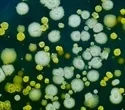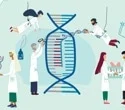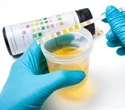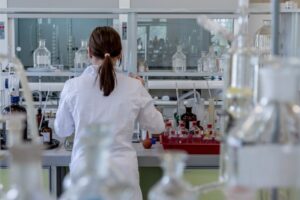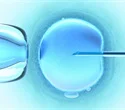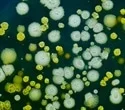
Researchers at Harvard Medical School have solved a mystery that has baffled biologists since bacterial spores, or inert, sleeping bacteria, were first described more than 150 years ago. They have found a new type of cellular sensor that enables spores to detect the presence of nutrients in their environment and rapidly spring back to life.
It turns out that these sensors also function as membrane channels; they are closed during dormancy but quickly open in response to the presence of nutrients. After years or even centuries of dormancy, the channels become open and allow electrically charged ions to pass through the cell membrane, triggering the shedding of protective spore layers and the activation of metabolic functions.
The team’s results, which were released on April 28 in Science, may provide the design of ways to prevent dangerous bacterial spores from lying dormant for months, even years, before waking up again and causing outbreaks.To survive adverse environmental conditions, some bacteria go into dormancy and become spores, with biological processes put on hold and layers of protective armor around the cell.
These biologically inert mini fortresses allow bacteria to wait out periods of famine and shield themselves from the ravages of extreme heat, dry spells, UV radiation, harsh chemicals, and antibiotics.
For more than a century, scientists have known that when the spores detect nutrients in their environment, they rapidly shed their protective layers and reignite their metabolic engines. Although the sensor that enables them to detect nutrients was discovered almost 50 years ago, the means of delivering the wake-up signal, and how that signal triggers bacterial revival remained a mystery.
In most cases, signaling relies on metabolic activity and often involves genes encoding proteins to make specific signaling molecules. However, these processes are all shut off inside a dormant bacterium, raising the question of how the signal induces the sleeping bacteria to wake up.

